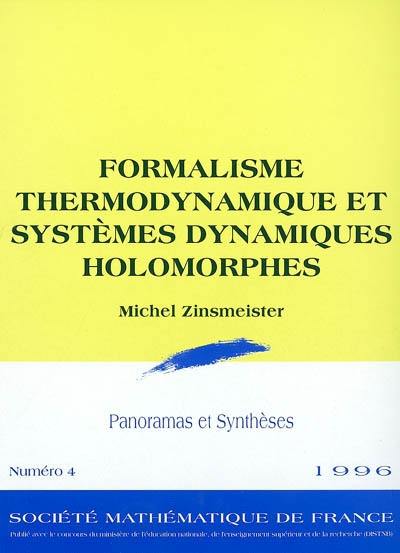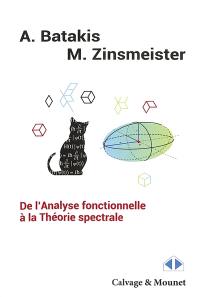
Fiche technique
Format : Broché
Nb de pages : VI-96 pages
Poids : 400 g
Dimensions : 18cm X 24cm
EAN : 9782856290514
Formalisme thermodynamique et système dynamiques holomorphes
Quatrième de couverture
L'objet de la thermodynamique et de la physique statistique est de comprendre l'équilibre d'un gaz ou des différents états de la matière. L'un des buts de la théorie des systèmes dynamiques holomorphes est de comprendre les étranges objets «fractals» qui apparaissent dans l'itération d'un polynôme quadratique. Or un lien singulier réunit ces deux théories: il se trouve que des lois physiques de la thermodynamique sont un outil extrêmement efficace pour comprendre les objets de la dynamique holomorphe. Un «formalisme thermodynamique» s'est développé, mettant en parallèle des notions n'ayant a priori rien de commun.
Si l'explication profonde de ce parallélisme reste une énigme, le but de cet ouvrage est de décrire ce formalisme du point de vue «physique» et «mathématique» afin d'en dégager les rouages fondamentaux et d'en montrer quelques applications.
Cet ouvrage ne prétend à aucune exhaustivité, que ce soit pour l'aspect physique ou mathématique. Son objectif sera atteint si le lecteur éprouve du plaisir à comprendre les articulations de cette belle machine.
Understanding the equilibrium of a gas or the different states of matter is the purpose of thermodynamics or statistical physics. To understand the strange fractal sets appearing when one iterates a quadratic polynomial is one of the goals of the theory of holomorphic dynamical systems.
Oddly enough, those two theories are strongly linked: The laws of thermodynamics happen to be an extremely powerful tool to understand the objects of holomorphic dynamical systems. A "Thermodynamic Formalism" has been developped bringing in the same light notions that are a priori unrelated. If the deep reasons of this parallelism are unknown, the goal of this book is to describe this formalism both from the physical and mathematical point of view in order to understand how it works and how useful it can be.
This book is by no means exhaustive neither from the physical nor from the mathematical point of view. Its objective will be attained if the reader feels pleased in understanding this beautifull machinery.






